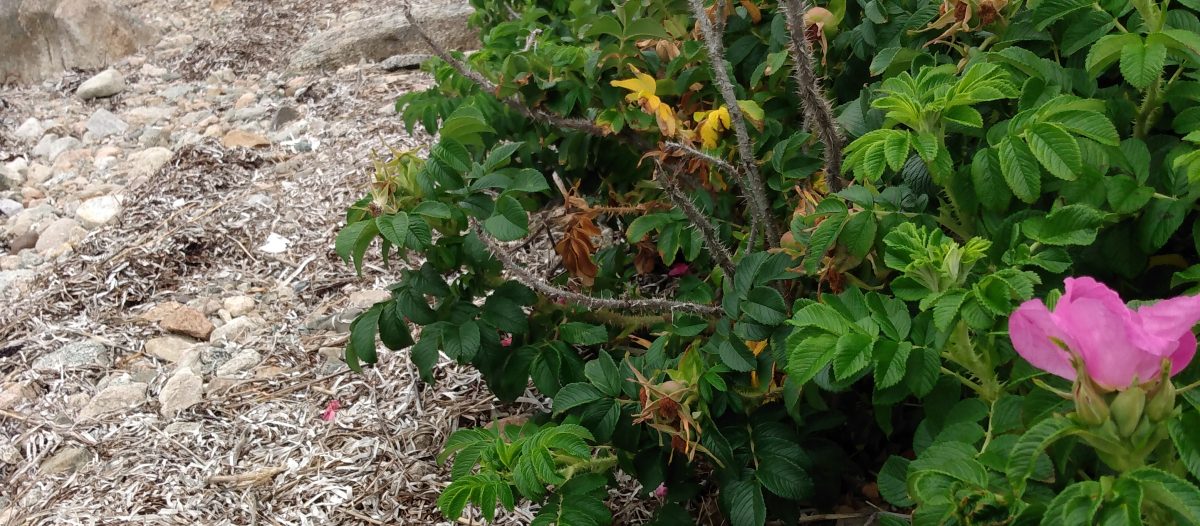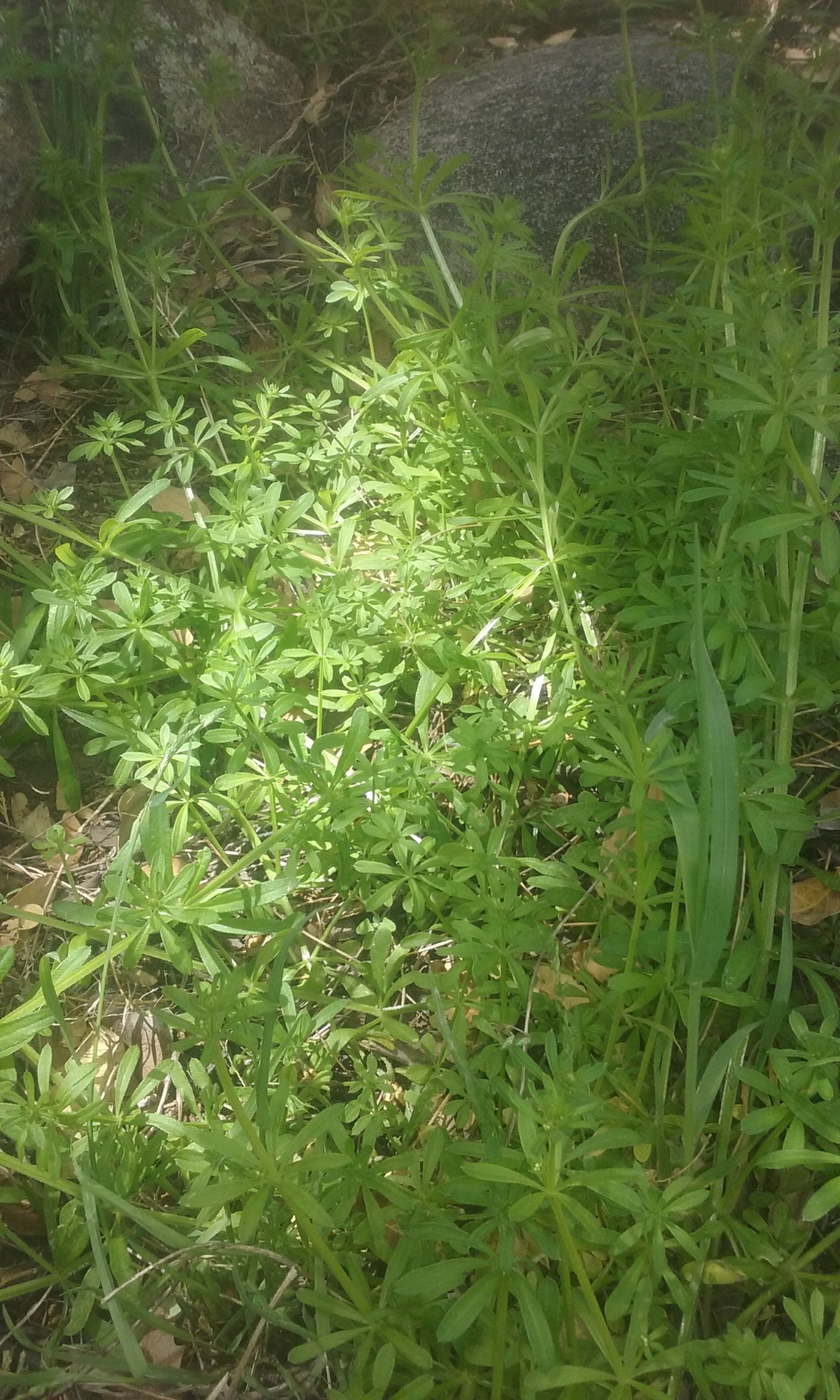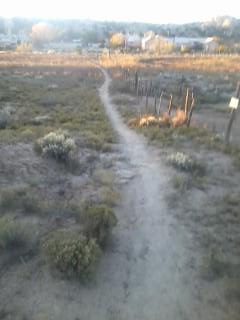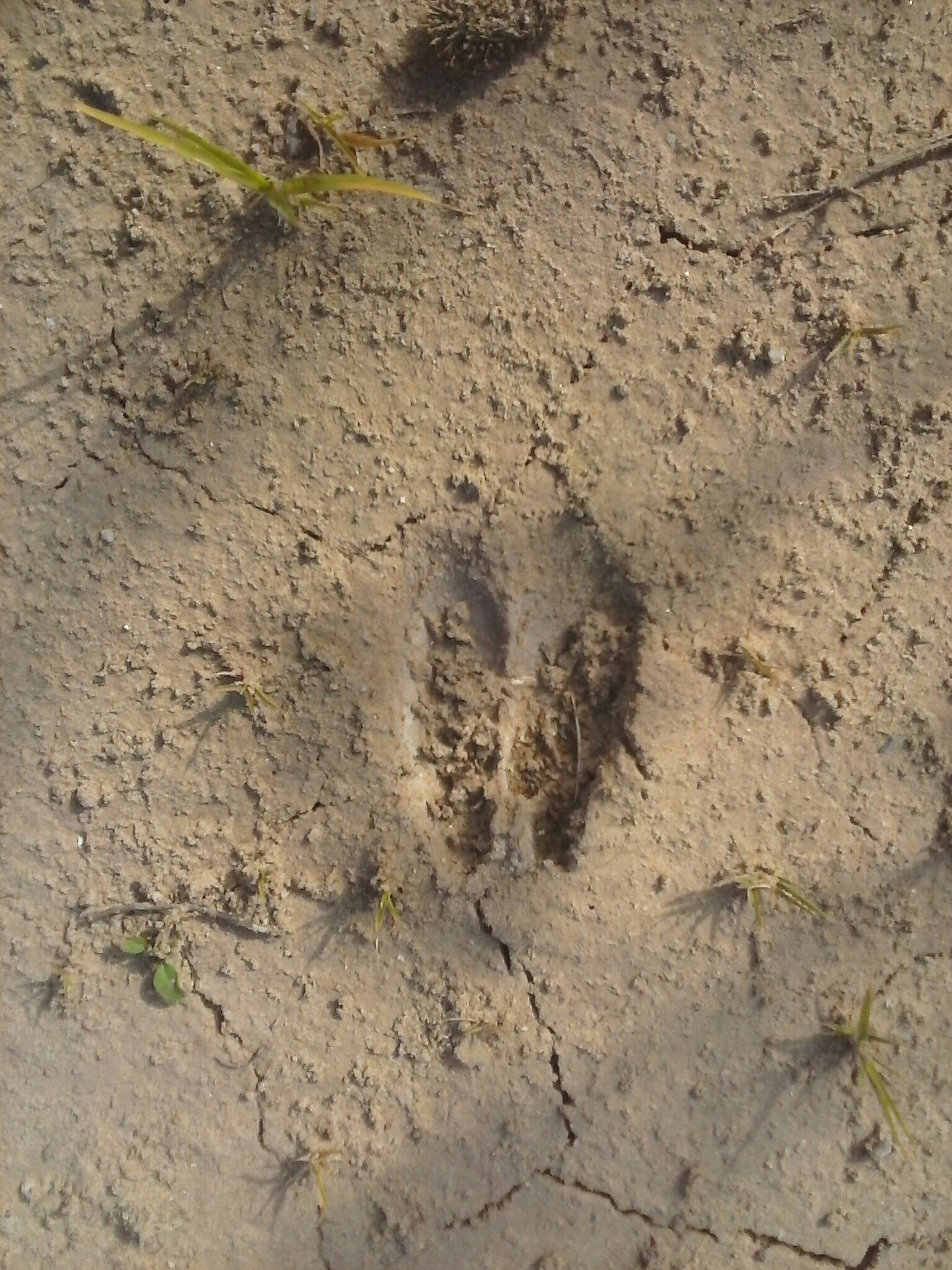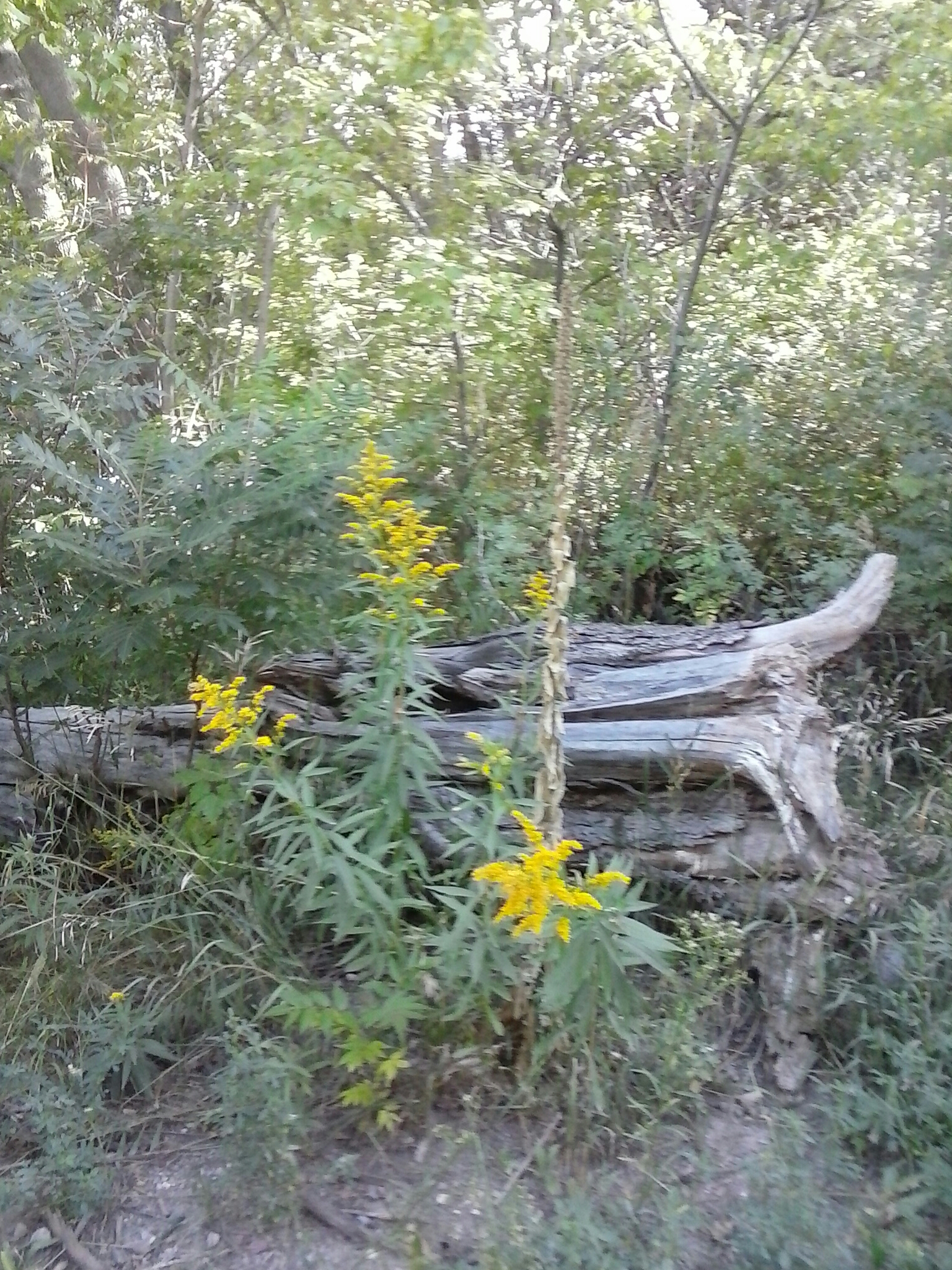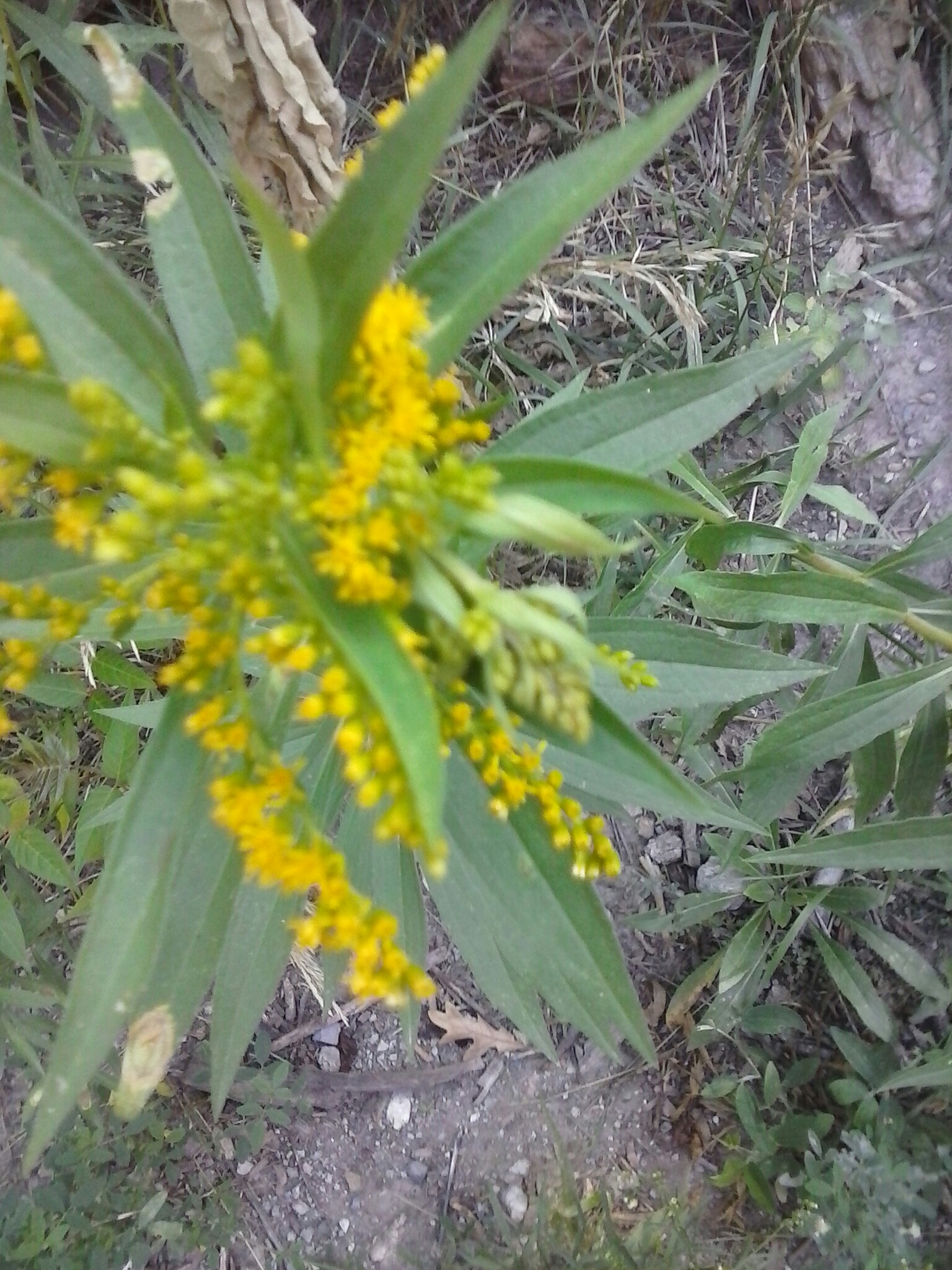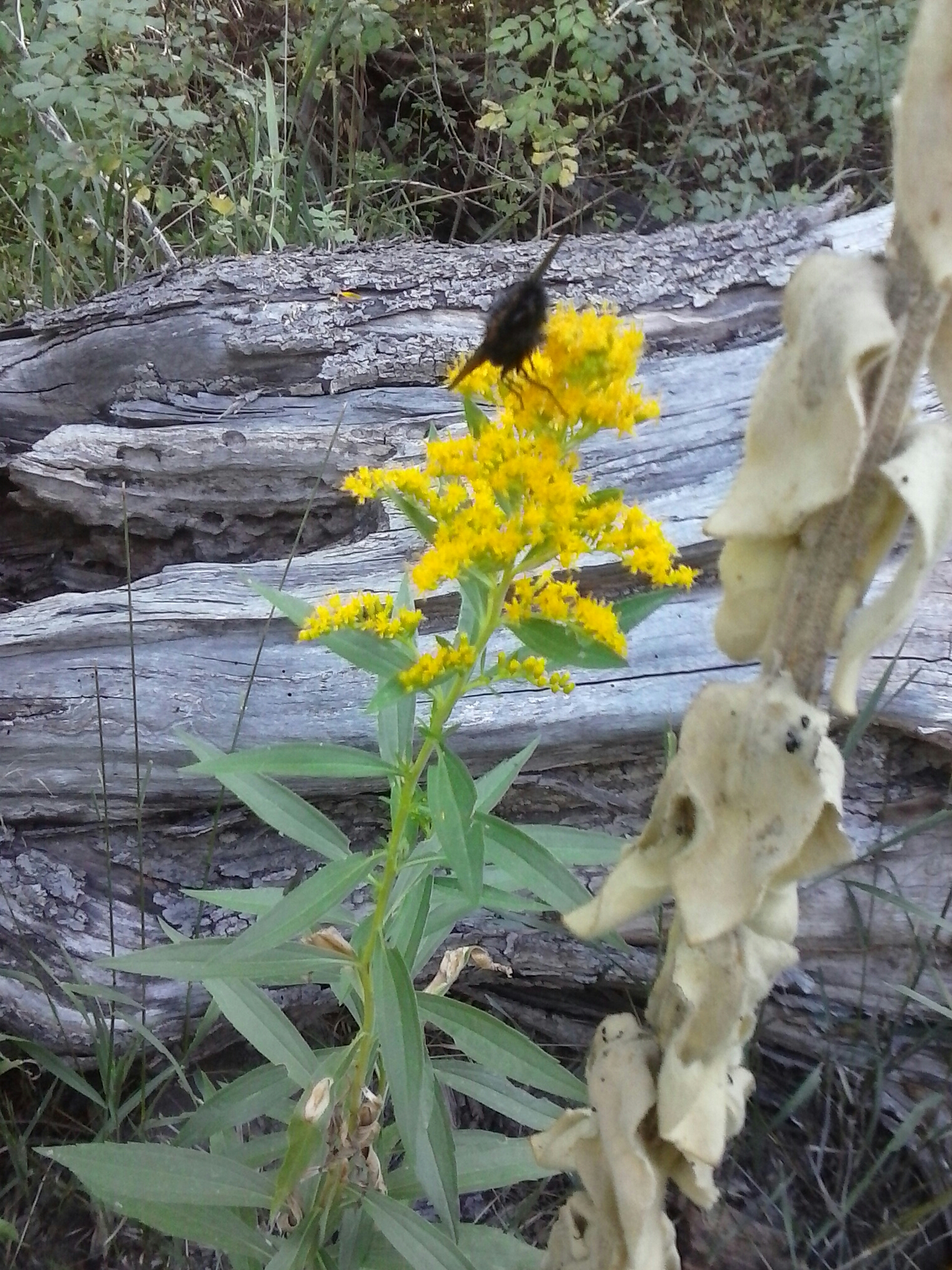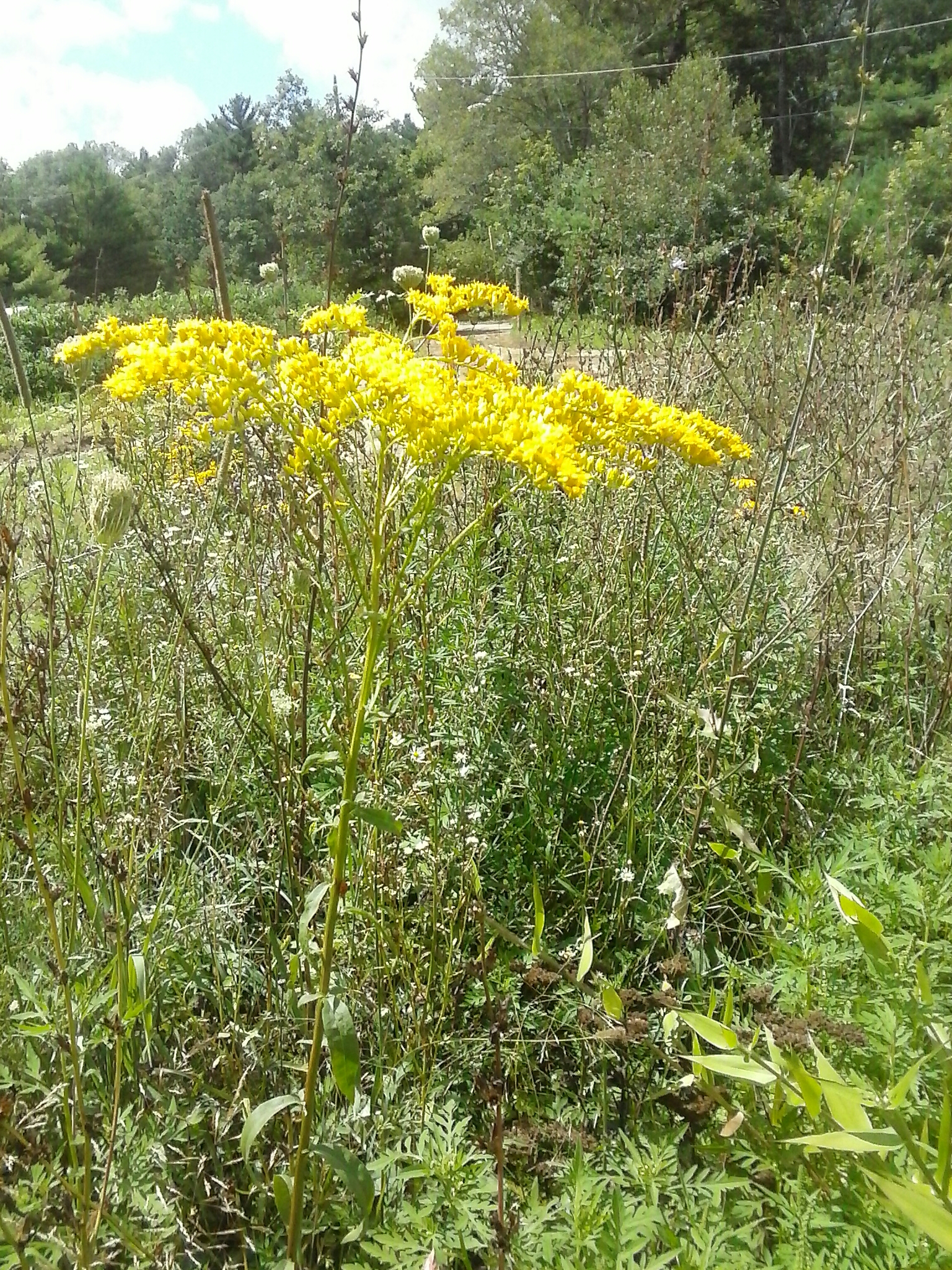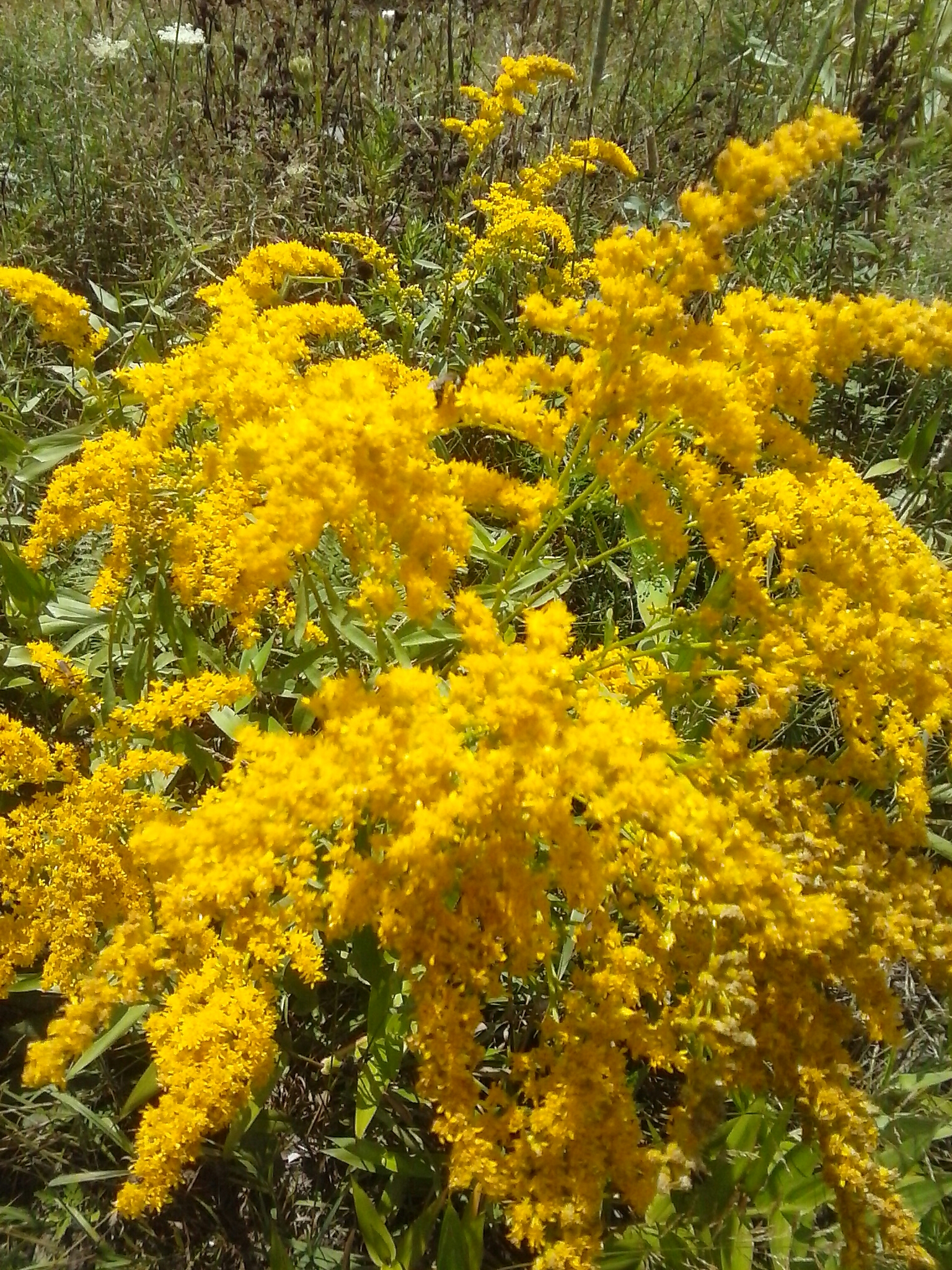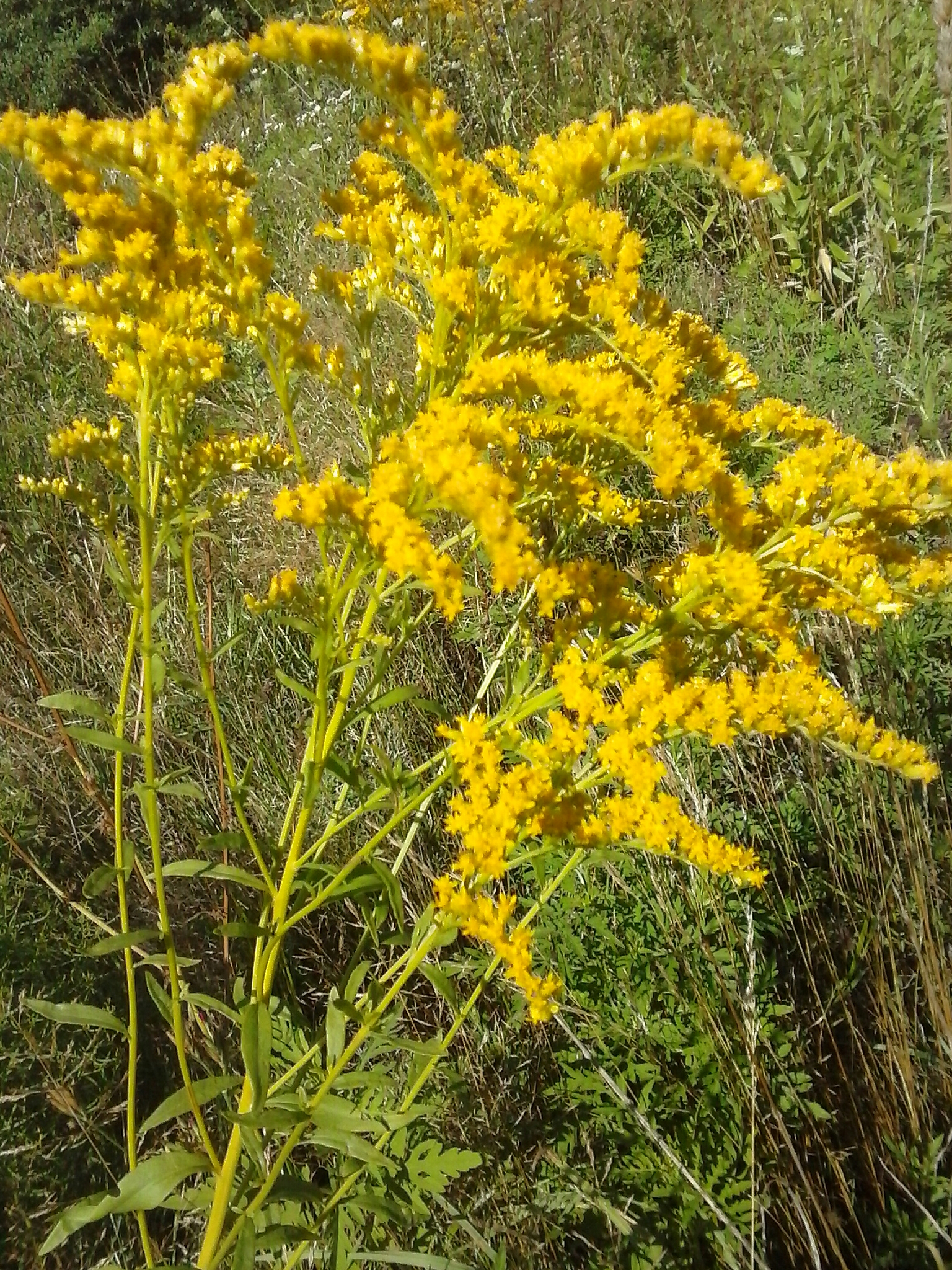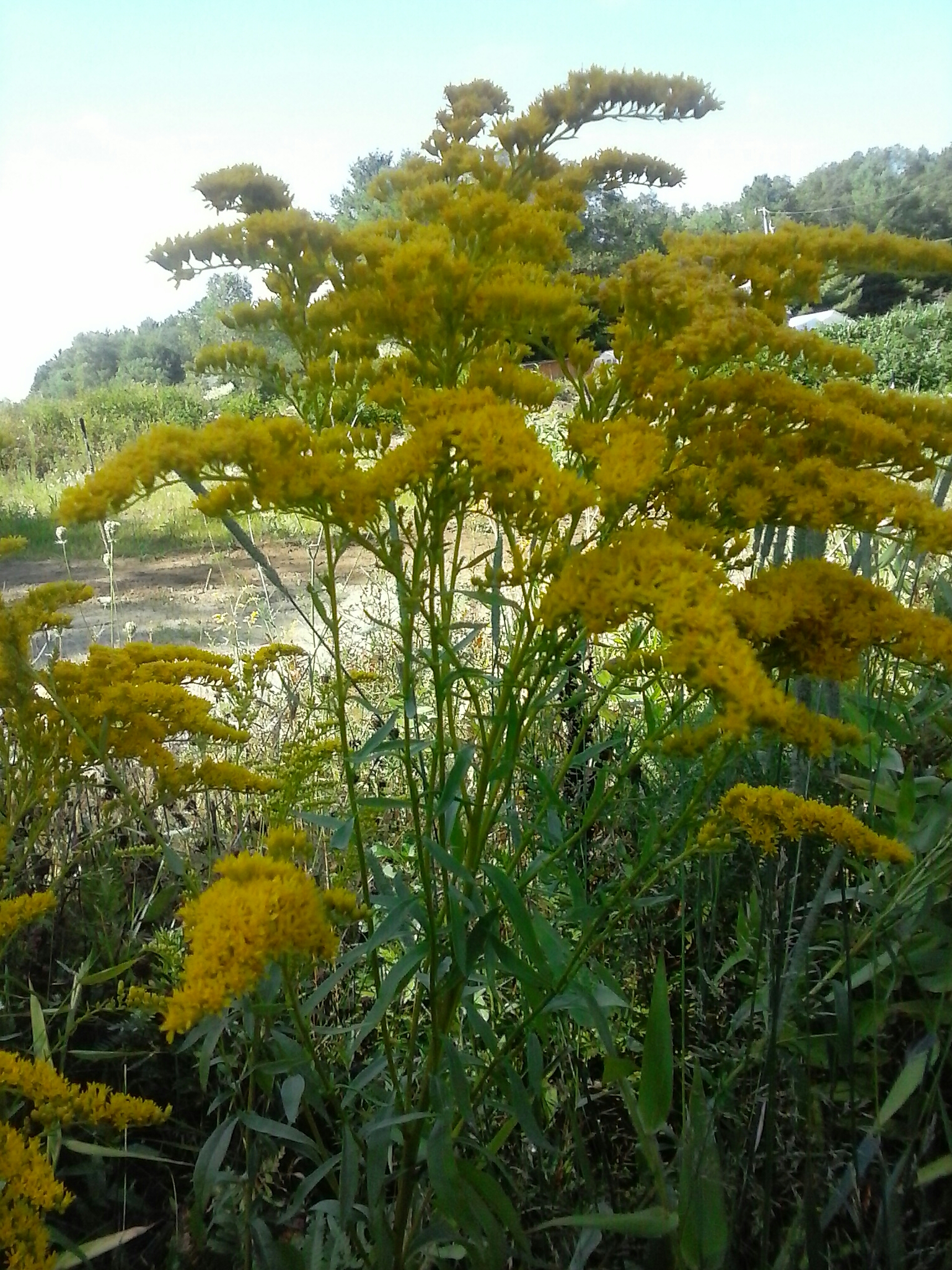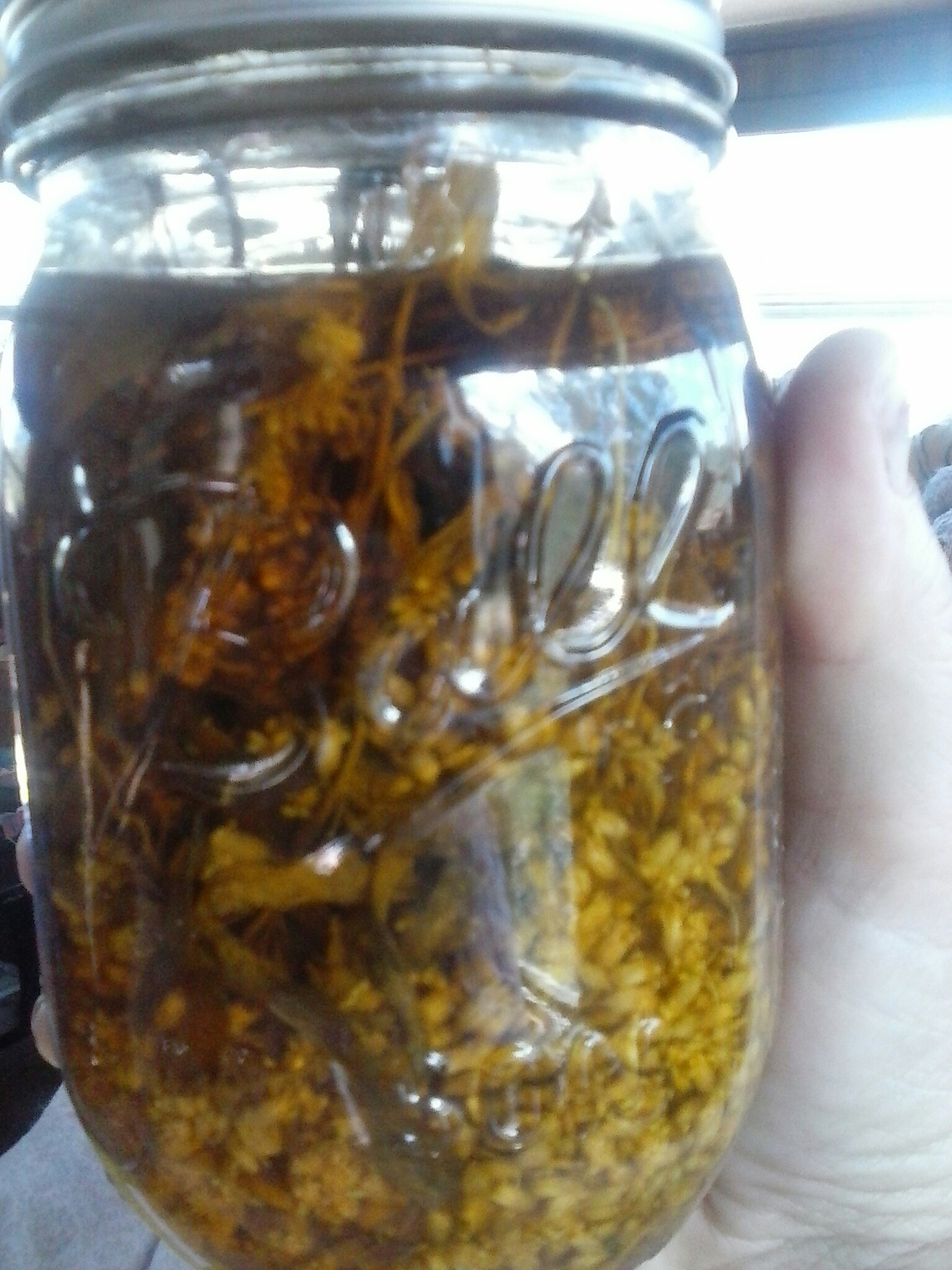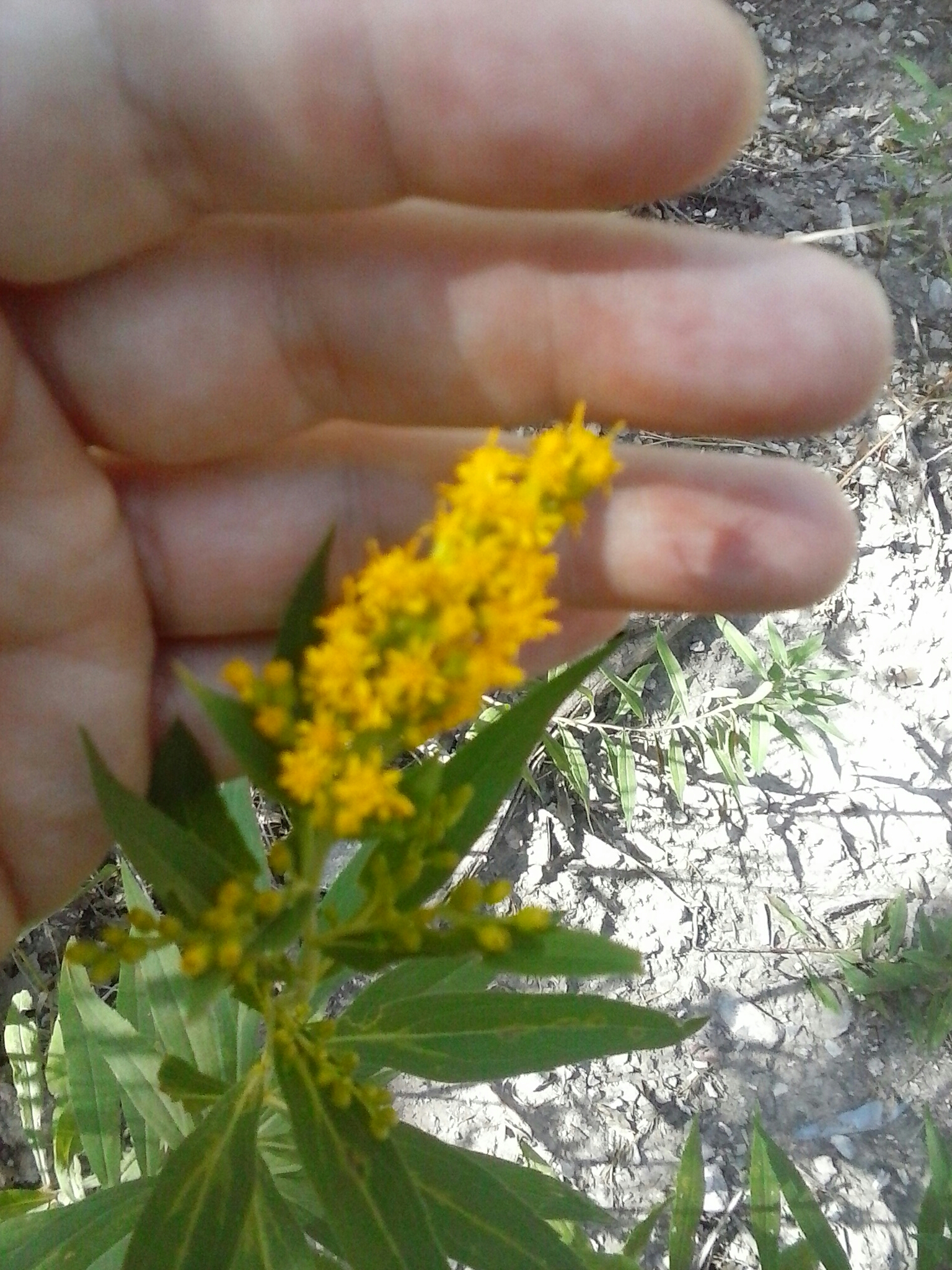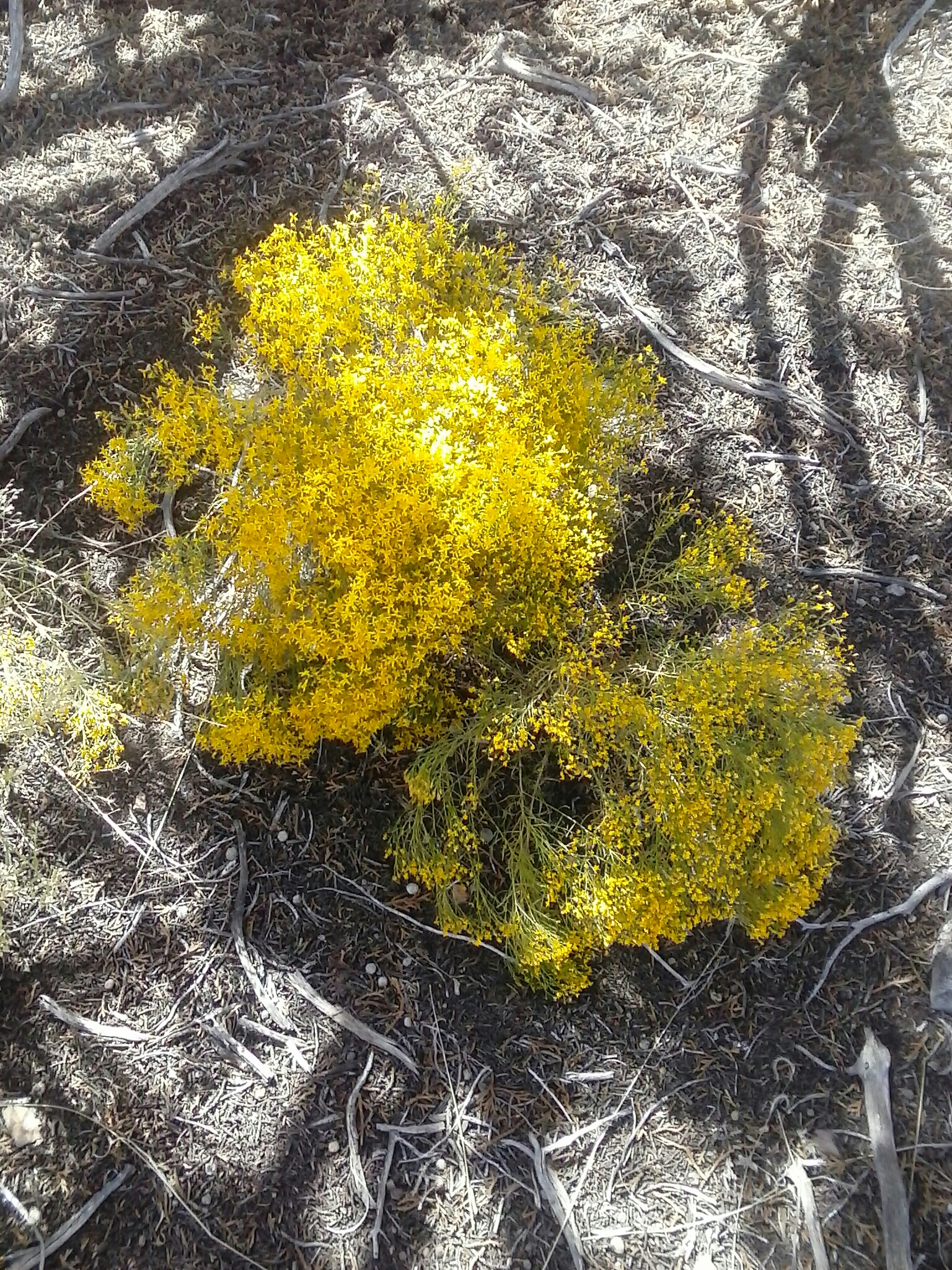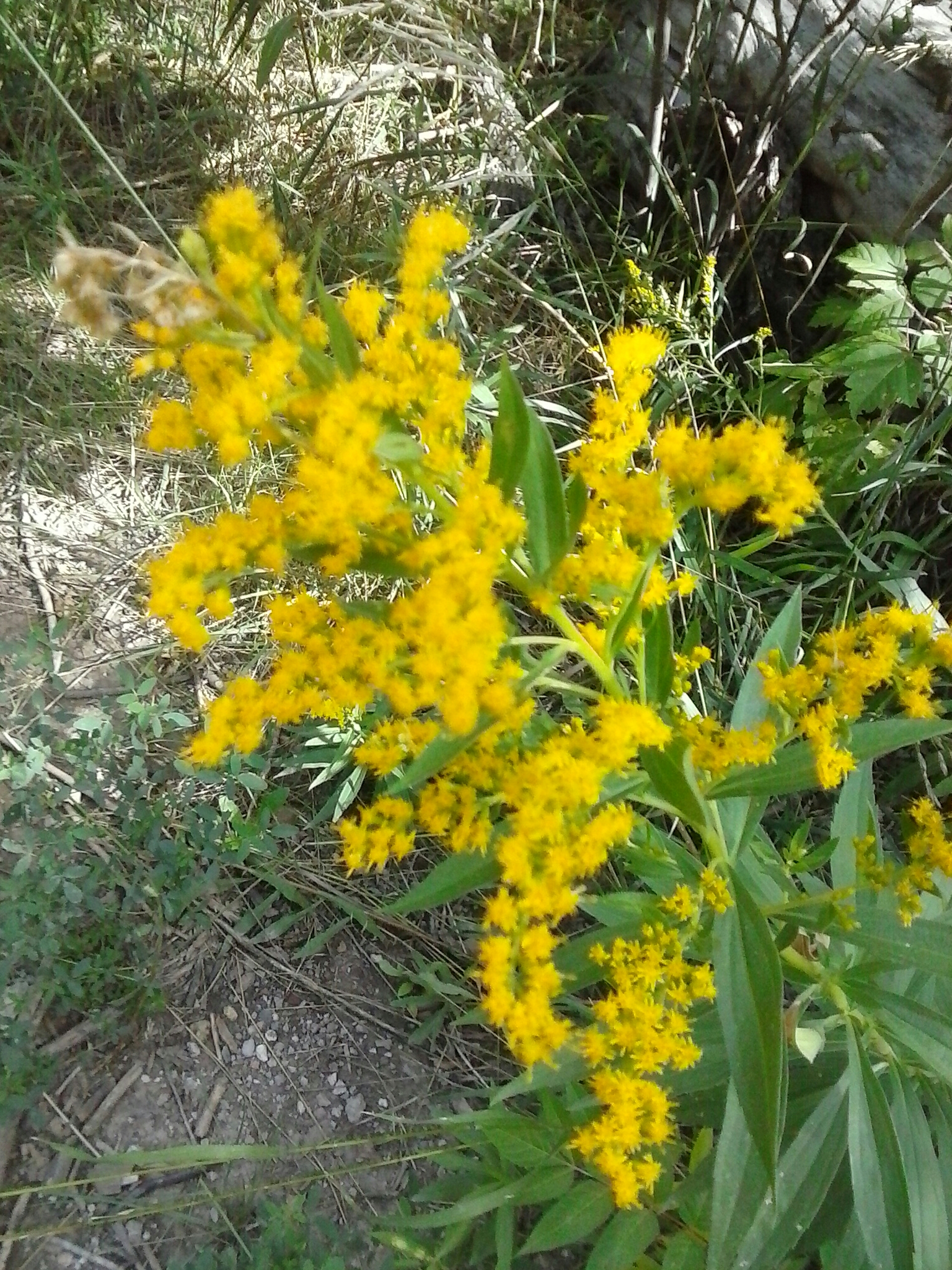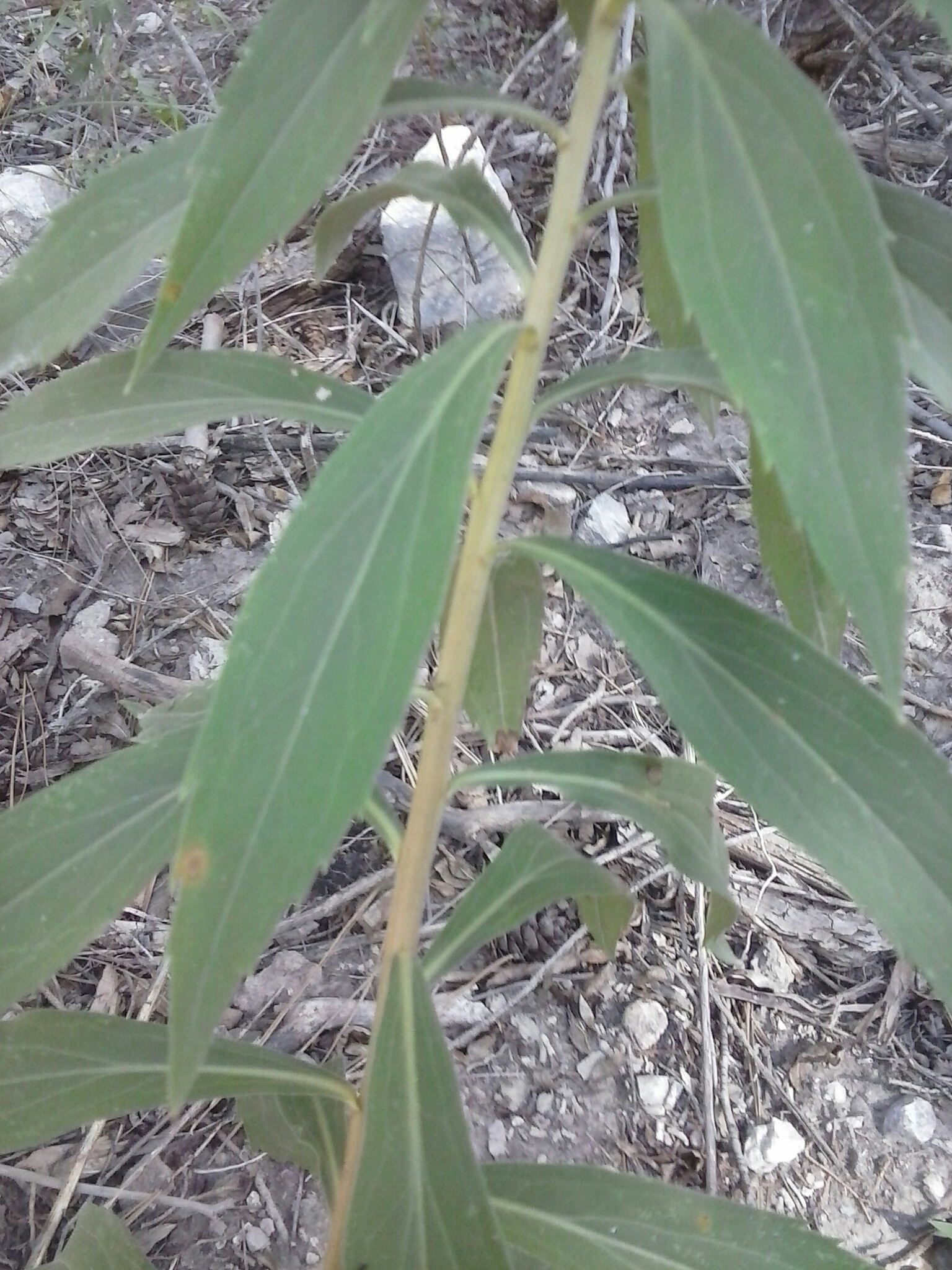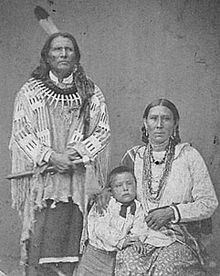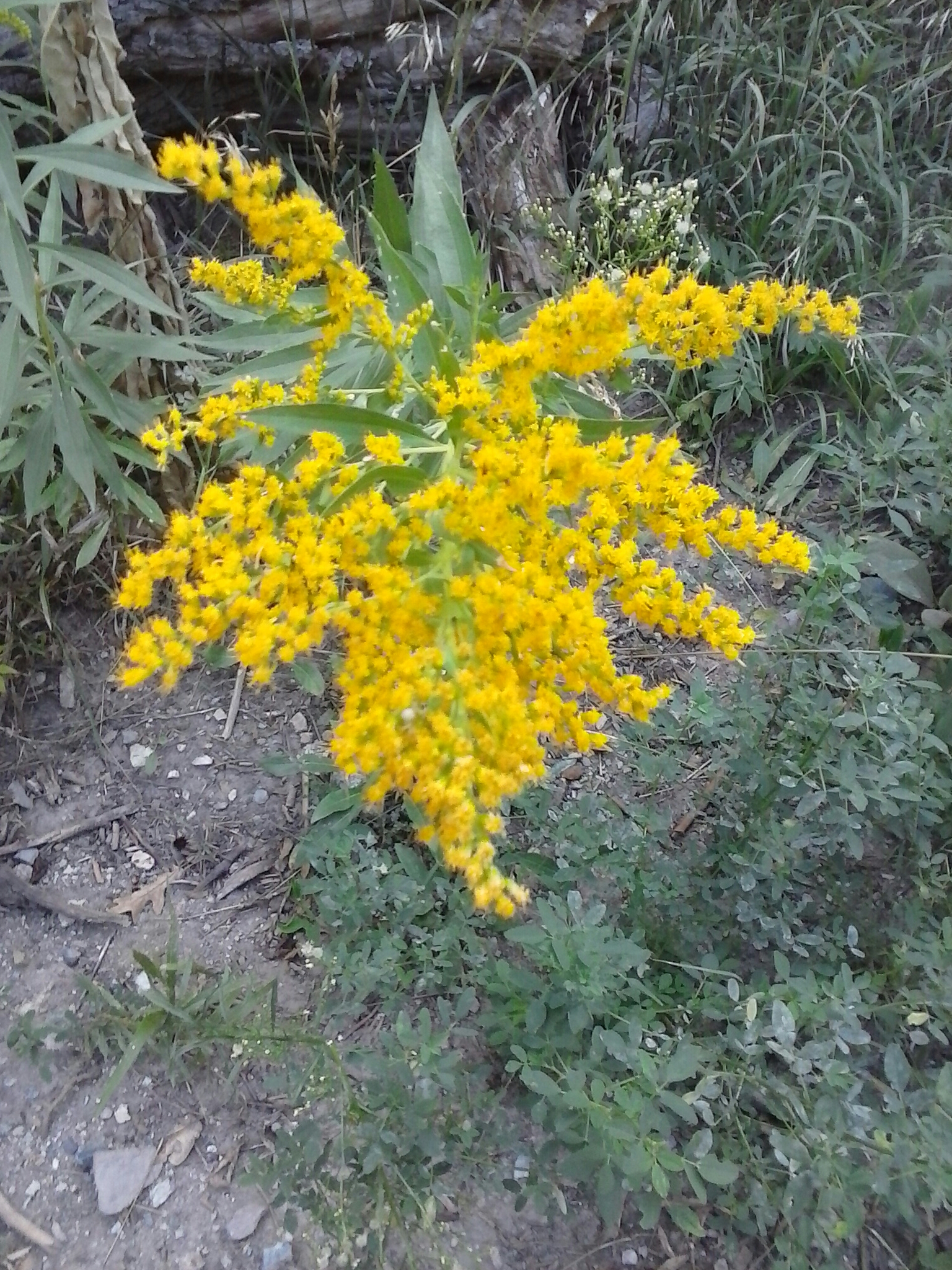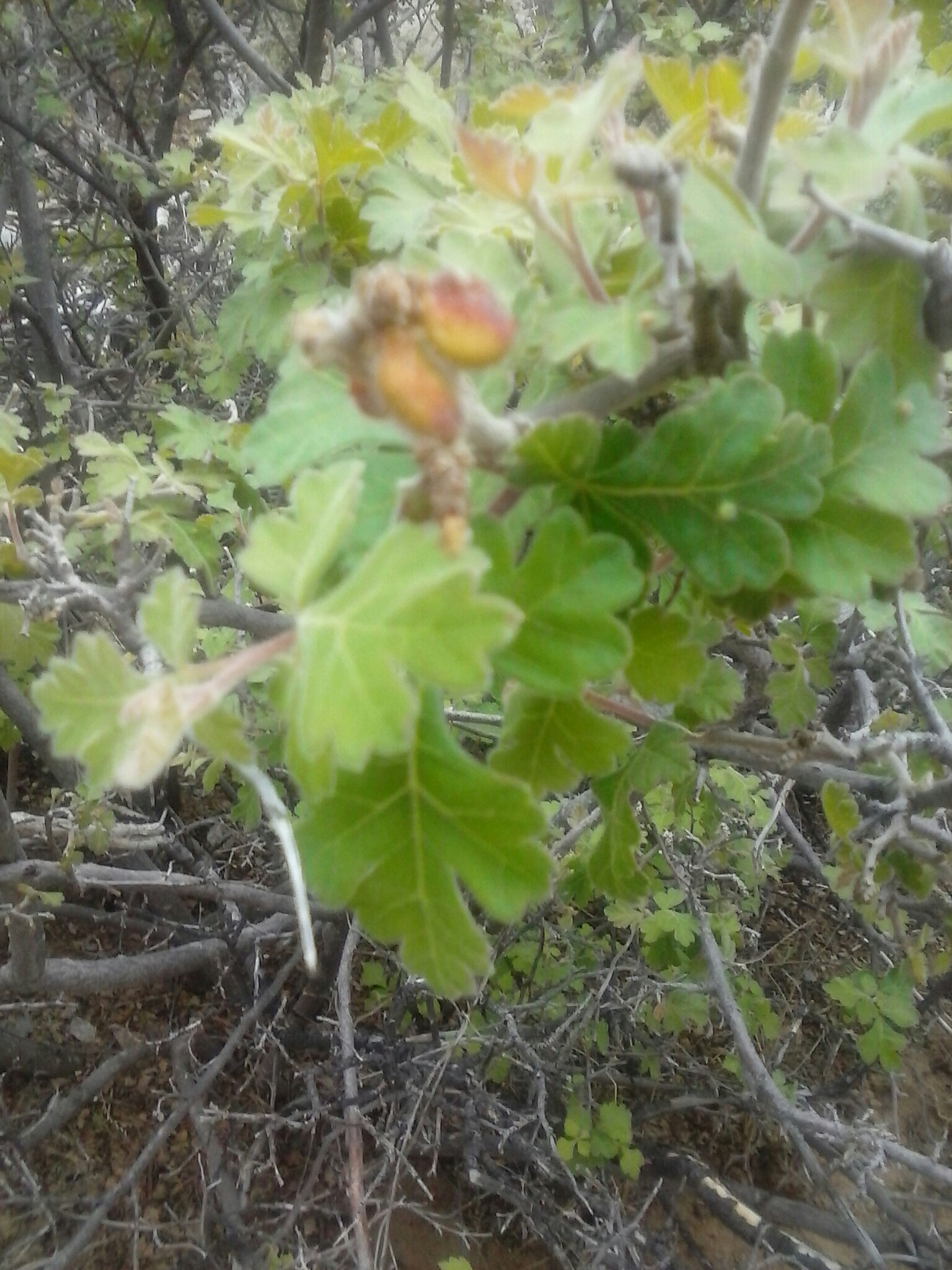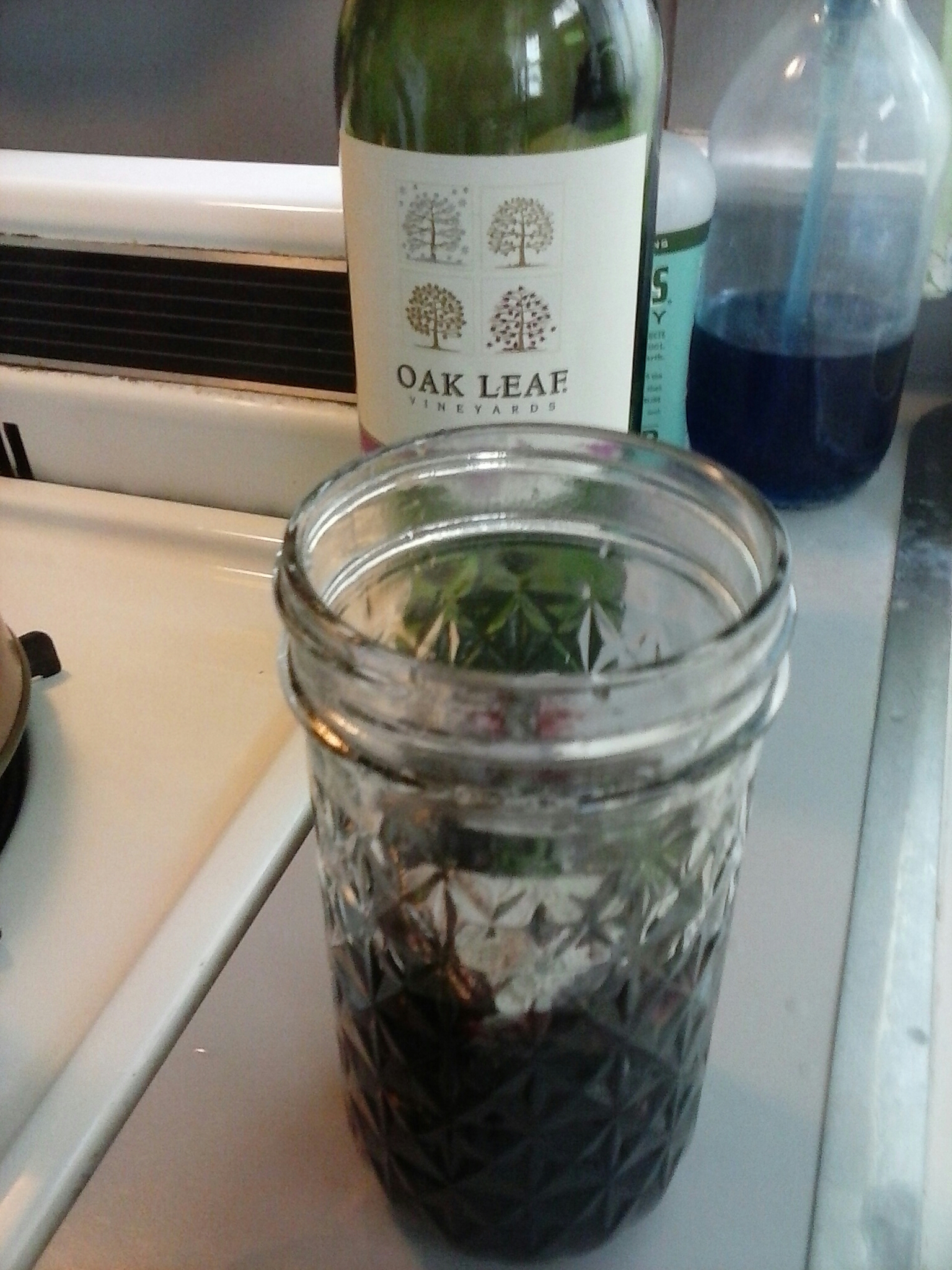Cleavers
Galium aparine

Plant family: Rubiaceae
Common Names: Cleavers Wort, Clivers, Goosegrass, Bedstraw, Catchweed Bedstraw.* Always be Absolutely sure when identifying plants. “When in doubt, leave it out.”
Cleavers grow in moist places, roadsides, woodlands, near disturbed areas such as trails

According to prominent herbalist, scholar, teacher and composer, Michael Moore and his book: Medicinal Plants of the Mountain West: There are many Galium species in the West. “The leaves of cleavers, roundly lanceolate, form a circular rosette of six or eight leaves; the bedstraw (native galiums) frequently have four leaves in a whorl…
(Cleavers beginning to flower)

…Leaves and stems of this featured species have bristley stems and leaves.


…This species also has loose and star shaped white flowers…with rather lacey, dense clusters of white flowers found in the native species. Galium aparine also develops seeds in pairs, covered in bristles, green becoming brown seeds in the fall.”
Native and Non native Galiums can be used more or less exchangeably as herbal remedies according to Moore.
Differences may vary and not all are edible, though many are. Research your species.

*Moore also says the Galiums should not be confused with carpetweed or mullogo.
It is recommended to forage cleavers during New growth or the tops of plants before they flower. Otherwise the plants have developed too much silica and are inedible.

The young tips, raw or boiled for 10-15 minutes makes a great forged food says Green Deane of
eattheweeds.comHe says that the seeds are prohibited or restricted in: Connecticutt, Massachuseets, Vermont and New York.
He also states that the seeds when roasted make an excellent coffee (no caffeine) substitute.
In the Canadian Provinces of Alberta, B.C., Manitoba and Saskatchewan, Deane also says they are considered a noxious weed there.
I have been happy to find cleavers near springs or the surrounding habitat, in at least 3, likely many more, mountain ranges of New Mexico. Not so far, in the lower elevations in this state unless near a spring or garden perhaps. After eating a few stems on a hike I went back to forage cleavers as a plant rennet. This one attempt at using cleavers as a plant rennet was largely unsuccessful.
I read on Monica Wilde’s site that Cleavers requires a long time to set as a
plant rennetI have had success using fresh nettle to set cheese but, cleaver and my inexperience eluded me this time. One time fail is not uncommon so, I will try again when I come upon a hearty patch of cleavers.
This is the benefit of learning from each other in person. And, also for us to pass on traditions and knowledge to our lineage and each other.

I was feeling disappointed with myself that I had wasted the cleavers I had gathered. It was a handful of stems and, I would not have wanted to take more from the site where I had gathered. A handful of stems felt appropriate. I did learn how to transport them down from the mountain. A stem I had not eaten on a previous hike had all but withered away to a tiny, pitiful fraction of the juicy stem I had picked.
It loses a lot of its properties when dried and should be used fresh. Such as: the juice, chopped fresh for poultice, or tincture fresh. Also as Matt Wood describes: Maria Treben would add the fresh Cleaver juice to butter, keep in the fridge, as a salve.
The best way I found to harvest cleavers is simply to thoroughly wet a towel, ring it a bit and place your cleavers in it right after picking it. Then roll gently in the towel. Or prepare on the spot. (Wheatgrass juicer or tincture fresh, etc.)

(photo aside: The thicket and bed of cleavers above reminds me of what Matthew Wood said in his book: The Book of Herbal Wisdom. He describes that deer use bedstraw to give birth and to rest with baby fawns.)
So, my Cleavers were in good shape when I brought them home, that is ’til I tried to make cheese with them. Ah yes, the learning curve! The patch I had harvested from, the stems were getting leggy and beginning to flower. It was like pick up stix that are all velcroed together. They stick together and to you. My little, intact bundle, rolled up in the wet/damp cloth, was all stuck together. All those little hooks clinging to each other.
The expression: “I got you!” came to me.
Deane explained that the Greeks called cleavers: Philanthropan which means (human) loving for its clinging nature.

Sheep herders are known to sieve milk through a basket shaped sieve of the clinging stems. This was done to clean the milk of any hairs, dirt or debris. Matthew Wood cites both Discorides and Linnaeus for historically noting this.
Cleavers has a history of use for easing hot swellings in lymph and infections such as drawing out a measles rash to resolve the illness. (M. Wood, re: Native American use)

It works for skin conditions, like eczema, lymph stagnation and kidney function. Wood describes: “In short, we may say that Cleavers cools, moistens, filters, detoxifies, and promotes transportation within the hidden waterways of the body.”

In addition to foraging for green edibles like cleavers and its use as herbal medicine; I am happy the lost arts of ancient foodways are resurfacing. ( With great respect to people’s culture.) For ex., My father was born in Ireland and I am just learning about bog violet to curdle milk. Cheese making and its other fermented cousins are really speaking to me right now. I am exploring plant rennet again as well as ancient techniques for fermenting. Will keep you posted!
I am especially interested in learning how the original plant(s) can be used rather than a modern substitution.

The juice of cleavers is said to provide the rennet qualities. I wonder if instead of chopping and bruising the stems and leaves, perhaps a blender would work better. Strained out or in a fine mesh bag to soak.
Galium has a long history of being used in food and beverages. German Maywine is made by using Galium odoratum.
Galium verum’s flowers were used to scent and color cheese and butter.
Galium mullago is another drink made from flowers. Many species, different uses, check to see if edible, avoid older plants for food and Deane states that many Galium are endangered. Know your specific plants!
To some, Cleavers is only known as an herbal remedy.





(A happy trio continued…)
I often found Nettle in the same habitat, especially in the woodlands on this hike. Nettle likes moisture too although I found it in the under story of Alligator juniper and oaks on a trail featuring under and above ground springs.

Nettle below a desert mountain oak with Cleavers in small patches nearby.

Cleavers with backdrop of a majestic Alligator Juniper, Juniperus deppeana. The tree below.





(Cleavers and Nettles, fast friends.)
My first introduction to Cleavers is akin to the name itself. To cleave. My herb teacher and plant guide gave us all a small crown of whorled leaves on a short stem and we stuck them on our and each others’ shirt collars.
Edible corsage. It’s bristly hairs cling to fabric , no pin needed.

It is a crisp, fresh tasting edible. It would make a great addition to salad, pesto or a smoothie.
As a fresh nibble, You can feel the texture of the fine plant hairs, the bristles but, I did not think that interfered much as it doesn’t last past the first one and 1/2 munches 🙂
The Story is a common one I am sure except The Mountain forests always enchant. Mossy glades and thickets. Meadow rue for faeries, so is said and Monkshood near wild Geranium. Monkshood is deadly poisonous its leaves of first growth often mingling with similar looking Geraniaceae. On this hike, I found what I believe are wild geraniums before flower with some cleavers poking through. I will watch these as they flower and how they flower to distinguish them from Monkshood. Never can be to cocky when it comes to Monkshood.
Cleavers in a stand of leaves~

There are a few different species of wild geraniums in New Mexico.
These leaves look similar enough to Monkshood: Aconitum columbianum that I will wait to see what flowers emerge.
I would not want to forage the cleavers when in doubt because of possible toxic plants nearby.

Better to wait.
Just a small patch of earth and what happens there can yield many observations, questions and insights.
Cleavers, what sticks with you?




